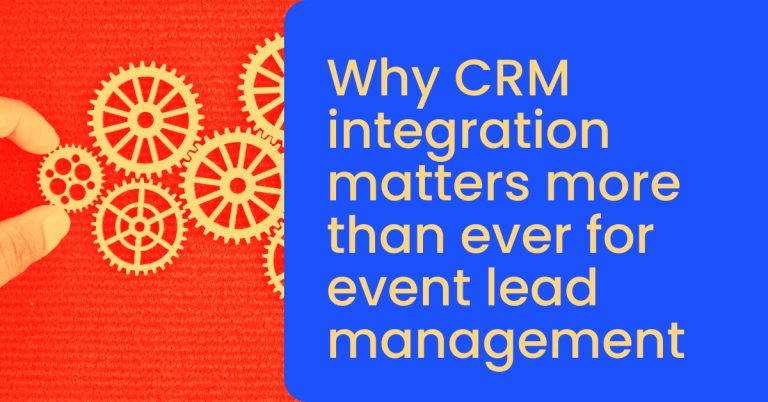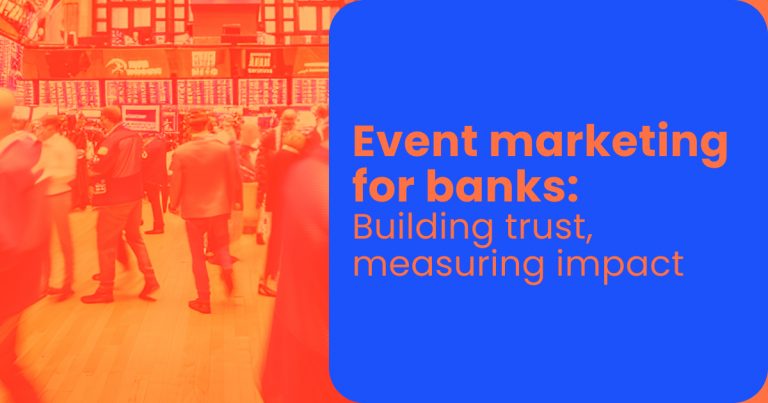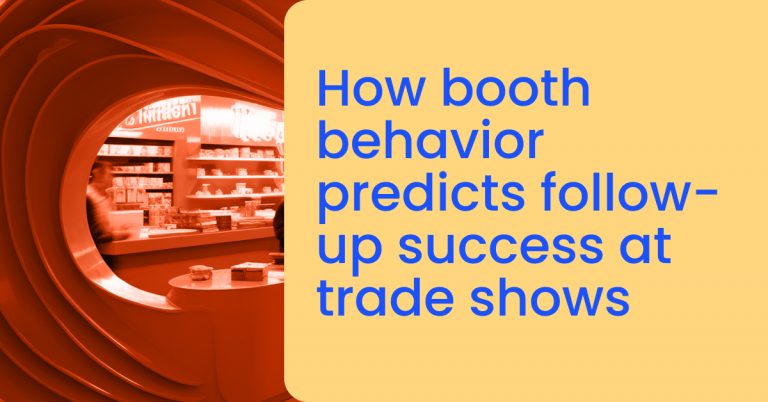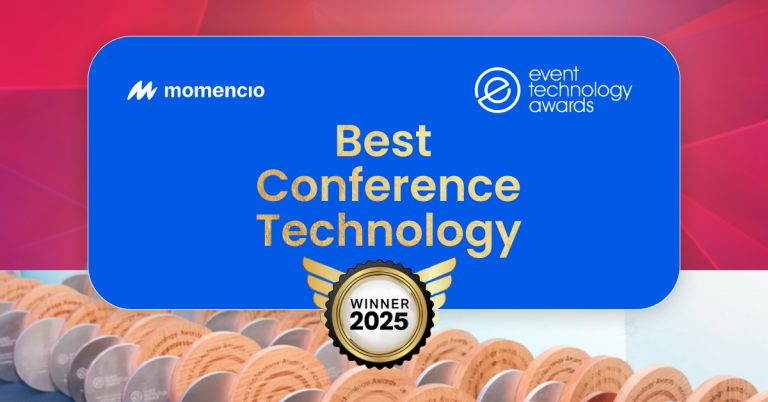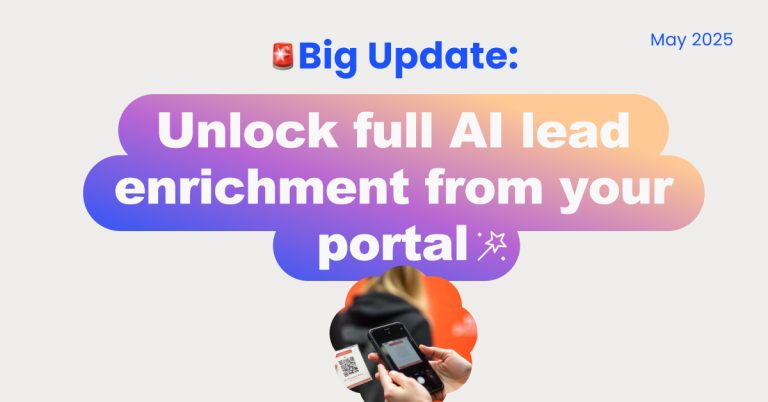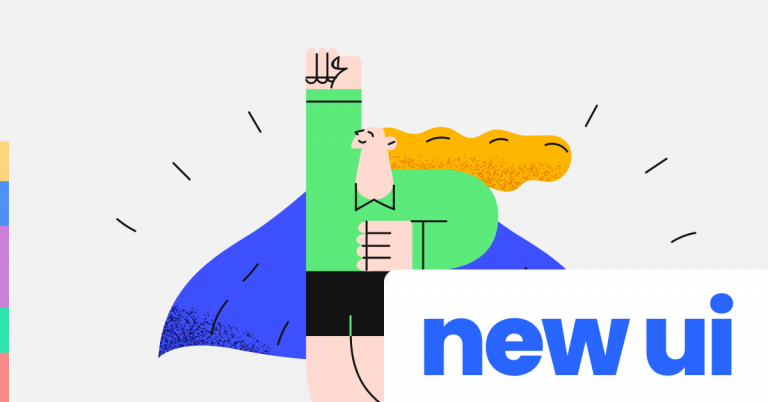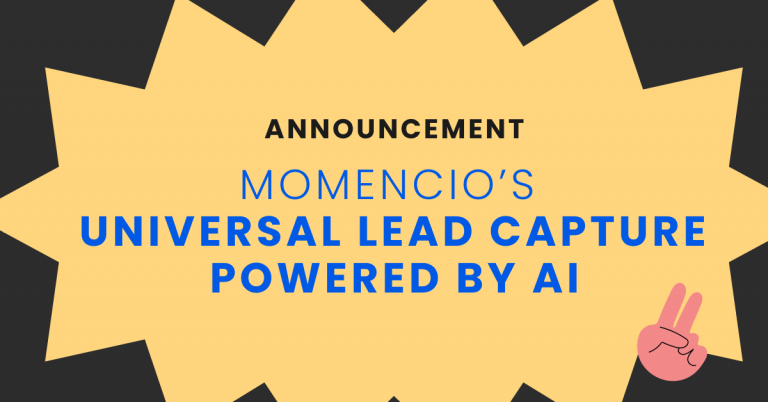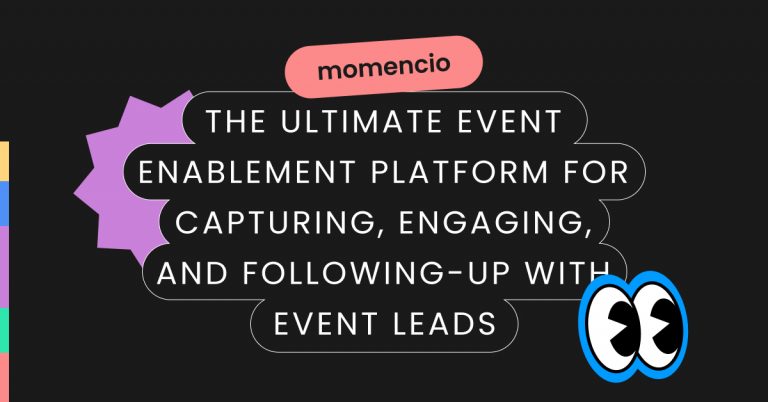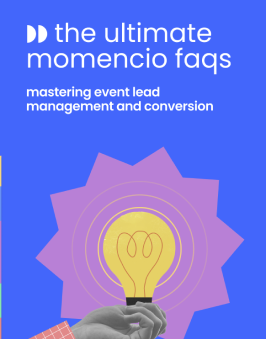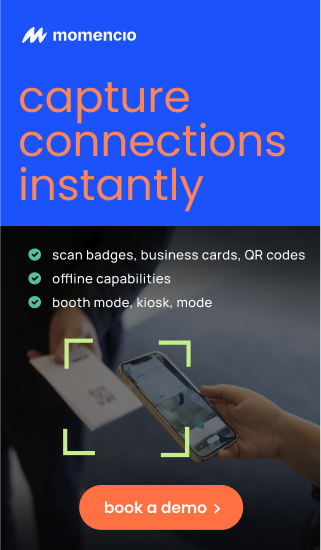If you’re exhibiting at ADLM 2025 and planning to measure your success by the number of badge scans, there’s a good chance you’ll walk away disappointed. ADLM isn’t a generic lead-gen show—it’s a highly specialized meeting packed with clinical professionals who care more about the credibility of your science and the relevance of your tech than your booth giveaways.
That doesn’t mean there’s no value in attending. Quite the opposite. This is one of the best places in the world to build long-term influence with the right people in the diagnostics ecosystem. But to get value, you have to stop thinking in terms of bulk lead collection and start thinking in terms of qualified engagement and future buying power.
This article breaks down exactly how to do that—before, during, and after the show—so your team doesn’t waste the opportunity or the budget. No fluff, no trade show clichés. Just clear, real steps that exhibitors at ADLM can take to actually get results.
1. Why ADLM is not a volume lead event
Let’s start with a reality check. You’ll meet a lot of people at ADLM. Some will be students. Some are technical staff looking to stay sharp. Others are researchers or junior professionals who attend to catch up on science, not to buy something. You’ll also meet decision-makers and influencers—but they won’t always be obvious, and they don’t hand out buying signals freely.
So, chasing volume doesn’t help. Just because someone let you scan their badge doesn’t mean they’re going to buy your automation system, diagnostics tool, or software. That’s not how this show works.
ADLM is designed for people to explore, evaluate, and learn. Most attendees are there to get smarter—not to sign purchase orders. What matters is the quality of your conversations and how well you understand where someone sits in the buying chain.
Instead of focusing on numbers, smart exhibitors look for signals: people who ask detailed questions, want to know how your tool works in a real lab, or compare your system to one they’re currently using. These are your real opportunities.
Badge scans are easy. Influence is harder. But it’s what actually drives pipeline.
2. Preparing before the event: how to identify the right people to connect with
You don’t need to meet everyone at ADLM. You need to meet the right ones—and you can prep for that before you even step foot in the venue.
Start by reviewing the attendee breakdown from previous years. Focus on job titles, institutions, and company types that align with your customers. Then brief your team. If your product is best suited for core labs in hospitals, your goal isn’t to pitch to everyone—it’s to talk to lab directors, operations managers, or IT specialists in diagnostics.
Have your sales and marketing teams agree on what qualifies as a “priority contact.” Maybe it’s someone from a top-50 hospital system. Maybe it’s anyone working on point-of-care testing. Whatever it is, get clear about it in advance. That way, your reps aren’t wasting energy on people who aren’t relevant.
Also, prep your team to ask the right questions—not to pitch. A conversation that starts with “What brings you to ADLM?” or “What kinds of tools are you looking for in your lab?” gets you farther than a scripted demo that sounds like a commercial.
This work before the show gives your team clarity and confidence. It reduces fatigue. And it makes it much easier to recognize a real opportunity when one shows up at your booth.
3. Running the booth like a relationship hub, not a lead factory
Once the show starts, your booth isn’t just a place to hand out flyers. It’s where your team either builds real connections—or burns time with the wrong crowd.
The best booths don’t feel like sales traps. They feel like places to learn and have honest conversations. That means you don’t need to overcomplicate it. What you need is:
- A place where someone can talk to a knowledgeable person
- A simple way to show how your product works or solves a problem
- A clear system to record what happened in that conversation
If your team is just focused on scanning people and moving on, you’re doing it wrong. You’re wasting time, and you’ll end up with a pile of cold names that your sales team won’t even want to follow up on.
Instead, make it normal for your reps to pause and take 30 seconds to write notes. What did the person ask about? Did they mention pain points? What’s their role? Is there a specific follow-up they’d benefit from?
That context is gold. It helps your sales team follow up with something relevant instead of a “nice to meet you at ADLM” email that gets ignored.
Also—don’t be afraid to slow down. At shows like ADLM, a single 15-minute conversation with the right person is more valuable than scanning 50 students who came for the freebies.
4. Avoiding the trap of wasting energy on unqualified traffic
Here’s a hard truth: a lot of the people who visit your booth won’t be relevant to your business. And that’s fine—as long as you know how to handle it without getting stuck.
You don’t need to be rude, but you do need a way to gently steer people who aren’t a fit toward a polite exit. That could be as simple as a quick demo screen or brochure for them to explore on their own while your team focuses on more serious conversations.
Train your reps to spot the difference between someone who’s curious and someone who’s a potential buyer. Curious people ask broad questions or say things like “I’ve never seen this before.” Serious buyers ask about integration, budget, or lab workflows. They’ll reference competitors or ask about specific use cases.
Also, know when to cut a conversation short. If you’re talking to someone who clearly isn’t a fit, it’s okay to thank them for stopping by, hand them a flyer, and redirect your energy. Your team has limited capacity. Use it wisely.
5. What to do after ADLM to turn influence into pipeline
This is where most exhibitors lose the plot. They invest weeks preparing for the show, spend big on the booth, and then let all those connections die in the inbox.
Here’s the fix: build a simple system that helps your team follow up fast.
You don’t need to write a fancy nurture campaign or design a 10-email sequence. Start by organizing your leads into buckets:
- High-priority: asked specific questions, showed interest in a demo or quote
- Mid-level: seemed interested but weren’t clear on buying authority
- Low-priority: general interest, unlikely to convert soon
Then assign one person to own the follow-up for each bucket. Your high-priority leads should hear from you within three days—ideally with a personal note that references your conversation. Don’t overthink it. Just be human and helpful.
The key is speed and relevance. A short follow-up sent quickly is worth more than a long one sent three weeks later.
Also, share your notes with sales. Don’t just dump a spreadsheet on them and expect magic. Give them enough context so they know how to approach each contact.
This simple discipline turns your event into actual momentum.
6. Turning ADLM into a year-long influence builder
Just because the show ends doesn’t mean the value does. Some of your best leads won’t convert right away—but that doesn’t mean they won’t convert.
Stay in touch. Not by spamming them, but by showing up in useful ways.
That might mean:
- Connecting on LinkedIn and sharing relevant content once in a while
- Inviting them to a webinar or virtual roundtable on a topic they care about
- Sending a personal check-in a few months later to see if their needs have changed
The goal is to keep the relationship warm. People buy from companies they remember. And they remember you if you’re consistent, helpful, and not annoying.
Also, track who engaged from each company. Sometimes you’ll meet a mid-level staff member at ADLM, but later find out someone more senior from the same team is ready to evaluate vendors. Having that initial inroad gives you a real advantage.
Think of ADLM not as a three-day sprint, but as the start of a long game. The exhibitors who win are the ones who stay present between events—not the ones who disappear after the booth is packed up.
Less chasing, more connecting
You don’t need to talk to everyone at ADLM. You need to talk to the right people and leave a strong impression.
That means focusing less on collecting names and more on having good conversations. It means training your team to qualify leads, capture real context, and follow up fast. It means seeing the event not as a lead dump, but as a chance to build the kind of influence that drives sales later.
Exhibitors who treat ADLM like a badge-scan contest will burn out and get little to show for it. The ones who treat it like a relationship-building opportunity will win—quietly, steadily, and with more closed deals six months later.
If you want to make your follow-up smarter and more efficient after ADLM 2025, check out momencio. It helps you capture better lead context, score interest in real time, and follow up automatically with personalized content—without adding more tools or complexity.
Book a quick demo and see how momencio can turn your booth into a true sales engine.
FAQs
- How do you know if a lead is worth the follow-up?
- Look at context. Did they ask about pricing, integrations, or specific use cases? Did they share challenges in their lab that you can help solve? If yes, they’re worth it.
- Should you set a target number of conversations?
- Yes, but keep it quality-focused. A goal like “20 qualified contacts per day” is more useful than “scan 100 badges.”
- What’s a good follow-up timeframe after ADLM?
- Within 3 business days is ideal. If you wait longer, people will forget you—or worse, go with a competitor who moved faster.
- Is it better to focus on demos or relationship-building?
- Start with conversation. Let the demo support it. People buy from people they trust, not just products they saw on a screen.
- How do you track who influences decisions if they aren’t the buyer?
- Ask them. Questions like “How do you normally evaluate new tools?” or “Who else on your team looks at this?” give you clues.


